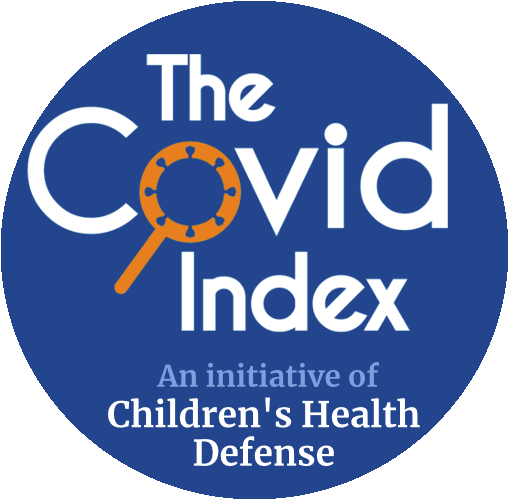"Materials & Methods
We used a database of anonymized person-level data on COVID-19 testing and COVID-19 vaccination for 96,201 incarcerated individuals in the California state prison system from January 10, 2023, to July 9, 2023... The study's objective was to explore the state of vaccination and natural immunity on the current infection rate of COVID-19, particularly in high-risk populations with intense transmission, such as in prisons... We defined a COVID-positive case as a resident with any conclusive positive SARS-CoV-2 diagnostic test. Most tests were PCR. We classified index cases based on two statuses: COVID-19 bivalent vaccination received and unvaccinated for either the monovalent primary series or bivalent vaccine.
Results
... We aimed to assess infection rates of the COVID-19 Omicron variant using confirmed index cases, initially grouping cases by their vaccine status, then stratifying them by age 50 and over, then 65 and over, respectively... For the prison population as a whole, the incidence rate of new COVID-19 infection amongst COVID-bivalent-vaccinated and entirely unvaccinated was 3.24% (95% confidence interval (CI): 3.06-3.42%) and 2.72% (2.50-2.94%), respectively, with an absolute risk difference of only 0.52%. When data were filtered for those aged 50 and above, the infection rates were 4.07% (3.77-4.37%) and 3.1% (2.46-3.74%), respectively, revealing a mere 0.97% absolute risk difference. Among those aged 65 and above, infection rates were 6.45% (5.74-7.16%) and 4.5% (2.57-6.43%), respectively, with an absolute risk difference of 1.95%. The absolute difference in infection rates is small within each age category...
Discussion
Using detailed epidemiologic data from COVID-19 surveillance within the California state prison system, we note low infection rates in both the vaccinated and unvaccinated populations, with a slight absolute difference between the two across age groups during an Omicron-variant-predominant period. Using p<0.05 as considered statistically significant, the bivalent vaccinated group showed slightly, but statistically significant, higher infection rates compared to the unvaccinated group in the statewide category and the age ≥50 years category."
© Copyright 2023
Ko et al. This is an open access article distributed under the terms of the Creative Commons Attribution License CC-BY 4.0, which permits unrestricted use, distribution, and reproduction in any medium, provided the original author and source are credited.
